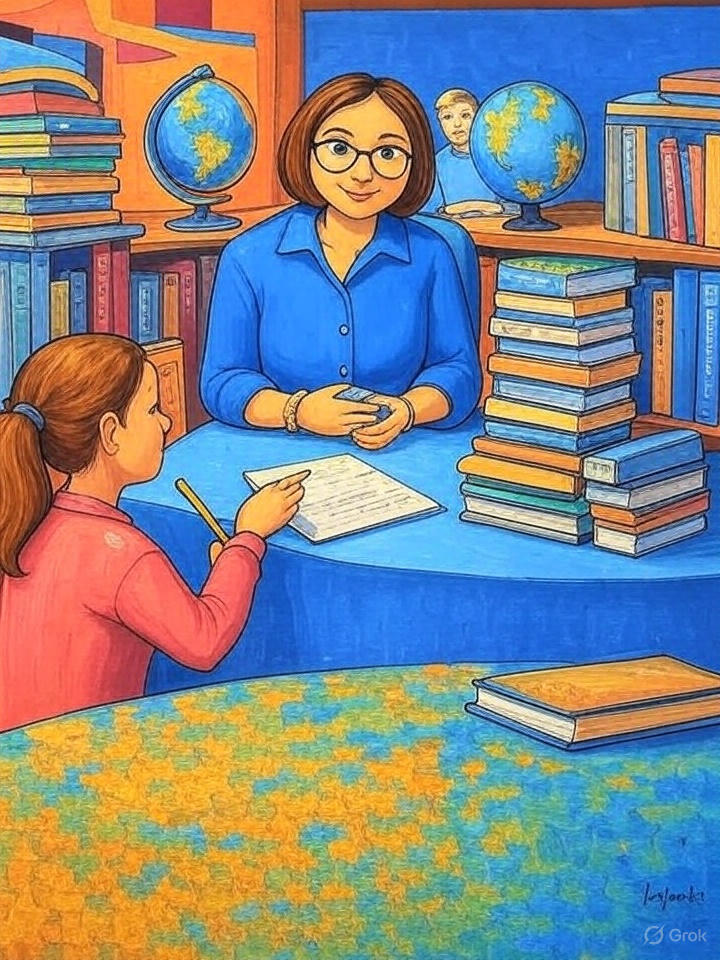Evaluasi Kebijakan Pendidikan Inklusif di SMA Negeri 1 Penajam Paser Utara
DOI:
https://doi.org/10.24903/bej.v7i2.2135Keywords:
Discrepancy Evaluation Model, pendidikan inklusif, evaluasi kebijakan, kebijakan pendidikan inklusif, model evaluasiAbstract
Inclusive education is an educational system that ensures equity and equality for all students, including those with special needs, within regular educational institutions. Although the implementation of inclusive education in schools is supported by legal frameworks and national policies, there remain gaps between the policy standards and actual practices in schools, including at SMA Negeri 1 Penajam Paser Utara. This study aims to: (1) describe the implementation of inclusive education policy at SMA Negeri 1 Penajam Paser Utara; (2) identify the barriers to its implementation; and (3) explore solutions to overcome these barriers. This research adopts a qualitative approach using an evaluation method. The findings reveal that: (1) the implementation of inclusive education policy at SMA Negeri 1 Penajam Paser Utara has not fully met the standards set by regulations; (2) the key barriers include the availability of special education teachers, initial assessments, infrastructure, and funding; and (3) proposed solutions involve strengthening resources, improving programs, and requesting additional funding. Inclusive education is expected to be implemented more effectively through systematic and comprehensive improvements at the school level, thereby providing fair and equal services to all students, including those with special needs.
References
Ertz, M., Kupaei, H. R., Rad, D., Rede¸s, A. R., Roman, A., Ignat, S., Lile, R., Demeter, E., Eger˘ Au, A., Dughi, T., Bala¸s, E. B., Maier, R., Kiss, C., Torkos, H., & Rad, G. (2022). Pathways to inclusive and equitable quality early childhood education for achieving SDGG goal-a scoping review. Frontiers in Psychology, 1–18. https://doi.org/10.3389/fpsyg.2022.955833
Fitriani, F., Trisnamansyah, S., & Insan, H. S. (2022). Manajemen Penyelenggaraan Pendidikan Inklusi dalam Meningkatkan Mutu Layanan Pembelajaran Peserta Didik Berkebutuhan Khusus. JIIP - Jurnal Ilmiah Ilmu Pendidikan, 5(3), 929–938. https://doi.org/10.54371/jiip.v5i3.514
Kementerian Pendidikan Nasional. (2009). Peraturan Menteri Pendidikan Nasional Republik Indonesia Nomor 70 Tahun 2009 tentang Pendidikan Inklusif bagi Peserta Didik yang Memiliki Kelainan dan Memiliki Potensi Kecerdasan dan/atau Bakat Istimewa. Kementrian Pendidikan Nasional.
Khadafi, R. Y. (2023). Evaluasi Program Pendidikan Inklusif. Jurnal Penelitian Dan Evaluasi Pendidikan, 13(2), 147–157.
Provus, M. (1971). Discrepancy Evaluation: For Educational Program Improvement and Assessment. McCutchan Publishing Corporation.
Rahmawan, D. I. (2020). Analisis Asesmen Pendidikan Inklusi untuk Anak Berkebutuhan Khusus. The Indonesian Conference on Disability Studies and Inclusive Education, 1(1), 47–62.
Rokhmawati, A. A., Hastuti, W. D. H., & Novianti, R. (2025). Pengembangan Guru Pembimbing Khusus sebagai Strategi Meningkatkan Kualitas Pelayanan Pendidikan Inklusif di Madrasah Ibtidaiyah. Edukasi Elita : Jurnal Inovasi Pendidikan, 2(3), 279–287. https://doi.org/10.62383/edukasi.v2i3.1720
Rosyidi, R. A. (2023). Inclusive School Policies: A Literature Study of Implementation Dilemmas. Journal of ICSAR, 7(2), 205. https://doi.org/10.17977/um005v7i22023p205
Sapon-Shevin, M. (2007). Widening the circle : the power of inclusive classrooms. Beacon Press.
Sugiyono. (2017). Metode Penelitian Kebijakan. Alfabeta.
Warman, W., Komariyah, L., & Kaltsum, K. F. U. (2023). Konsep Umum Evaluasi Kebijakan. Jurnal Ilmu Manajemen Dan Pendidikan, 3, 25–32. https://doi.org/10.30872/jimpian.v3ise.2912

Downloads
Published
How to Cite
Issue
Section
License
Copyright (c) 2025 Novieta Christina Theodora, Laili Komariyah, Haeruddin, Widyatmike Gede Mulawarman, Usfandi Haryaka, Masrur Yahya

This work is licensed under a Creative Commons Attribution 4.0 International License.
Authors retain copyright and grant the journal right of first publication with the work simultaneously licensed under a Creative Commons Attribution 4.0 International License that allows others to share the work with an acknowledgment of the work's authorship and initial publication in this journal.



